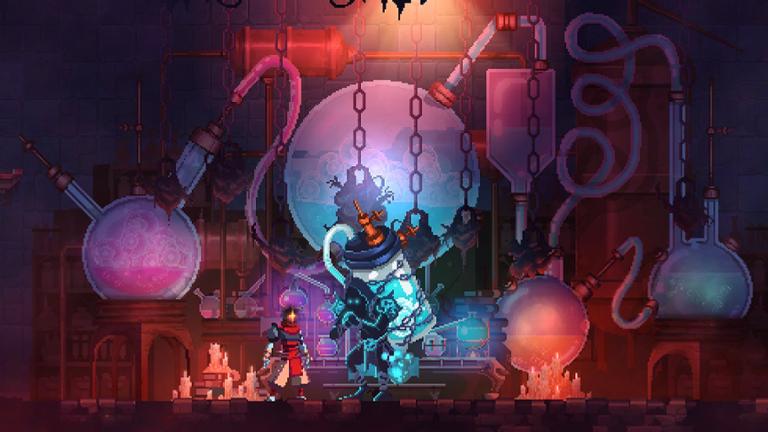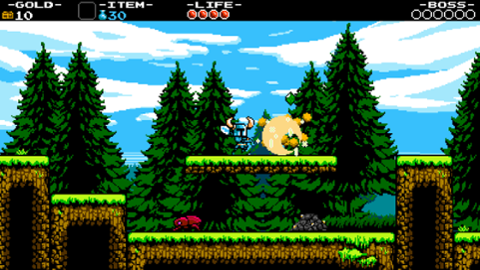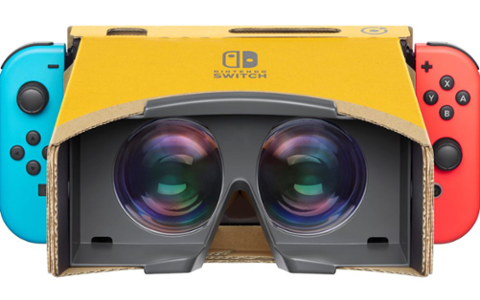
Nintendo has decided to double down on its ultra-successful Switch console with a new, mobile-centric version, dubbed the Nintendo Switch Lite. Unlike its predecessor, this latest upgrade can’t output to a television, and you can’t detach the controllers from the tablet/screen, but otherwise it can play content developed for the Switch.
In many ways, the Nintendo Switch Lite is the 21st century successor to the Nintendo Game Boy, the iconic handheld gaming system of the early 1990s. It seems inevitable that gamers—lots of gamers—will gravitate towards it, which raises a key question: How can indie developers create games for it?
Nintendo has created something of a bottleneck around Switch development, perhaps with good reason: By carefully regulating the projects that end up on the platform, it can prevent its storefront from becoming cluttered with crappy games and digital detritus (unlike some mobile-app storefronts we could mention).
For those who are totally new to developing for Nintendo, keep in mind that the company’s development portal highlights three tools: the Unity development platform, Nintendo Web Framework, and Nintendo Dev Interface. (It also doesn't focus on the Nintendo Switch, which is a little weird.) If you’re already interested in game development, you’re no doubt aware of Unity. (For those who are totally new to it, Unity’s creators have actually done a good job of building educational tools, including Create with Code, and offer a Unity Certified Programmer Certificate.)
A “personal” version of Unity is usually free, provided revenue from products built with it doesn’t exceed $100,000 per year; the “Pro” version is $125 per month, while the “Plus” version for hobbyists will set you back $25 per month. Although it’s primarily known as a game-building platform, Unity is also used for everything from 3D modeling to the next generation of augmented reality (AR) and virtual reality (VR) products. There’s even an SDK (developed in conjunction with IBM) for natural-language processing.
So let’s say you’ve mastered Unity. You’ve registered as a Nintendo developer via the company’s portal. If you want to get your hands on a Nintendo Switch SDK and publish to the platform you’ll have to reach out to Nintendo itself and explain your project. That might sound intimidating, but it’s really no different than pitching any other kind of app or service; just make sure your proposal is as detailed as possible (concept art, early builds, etc. are always welcome in this kind of scenario).
If you want an idea of what kinds of indie platforms sell well on the Nintendo Switch platform, check out a few of these (based on Nintendo’s own data):
- Stardew Valley
- Hollow Knight
- Overcooked 2
- Undertale
- Dead Cells (seen above)
- Enter the Gungeon
- Graceful Explosion Machine
- Celeste
- Golf Story
- Overcooked
Nintendo is looking for quality, so good luck! With the Nintendo Switch SDK, you’ll get a better idea of optimal coding for the platform.


